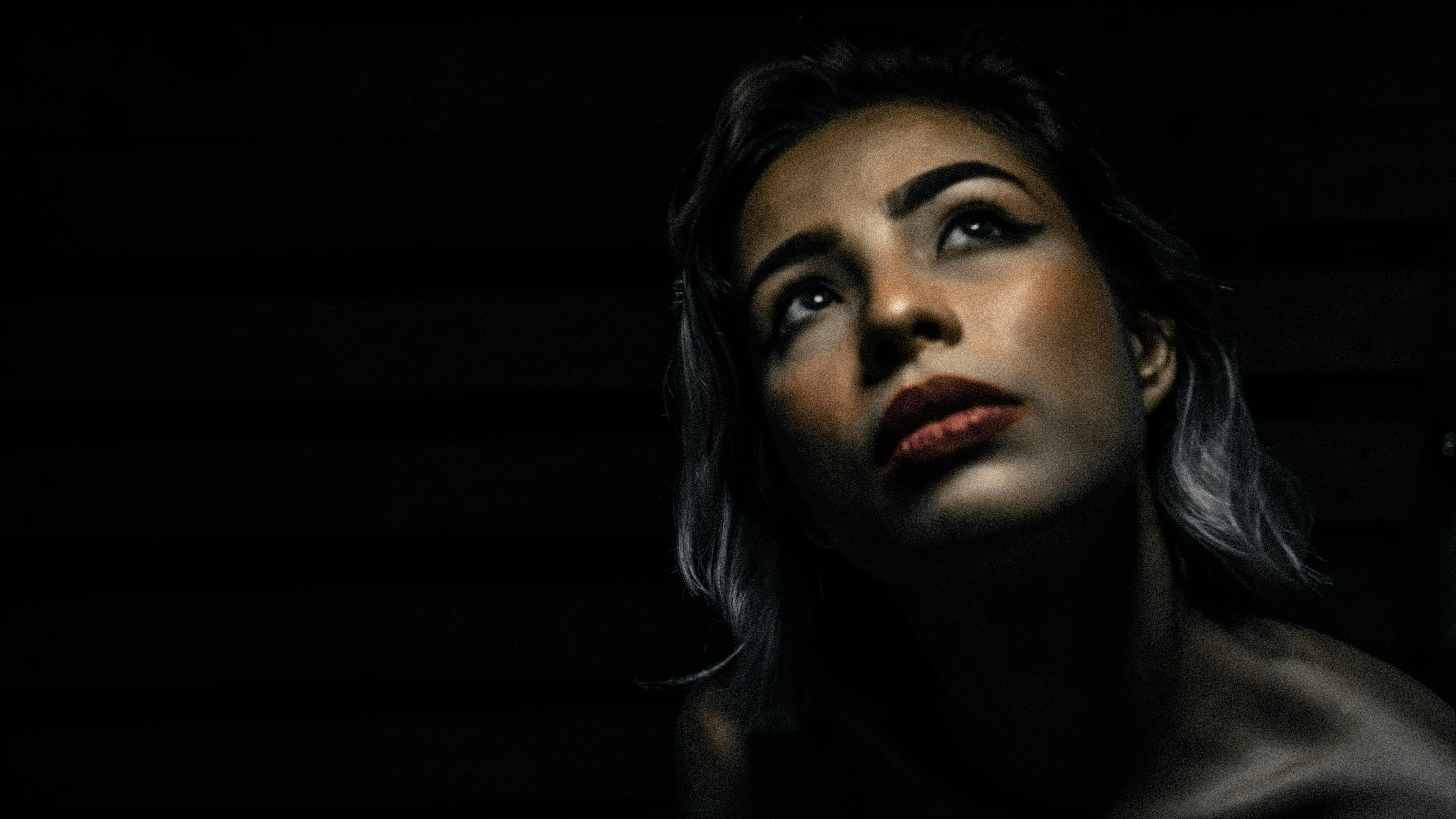
The Paithani Sari – A Poem On Silk
The Paithani saree is known all over the world for its uniqueness. It is one of the most beautiful sarees in the world. Beautifully crafted, with an exquisite zari border, this sari is truly a poem on silk. Paithani saree is chosen by brides to wear on their special day especially in Gujarati and Maharashtra families.
Paithani sarees are mainly woven in Paithan in Maharashtra. Yeola, Pune, Nasik and Malegaon in Maharashtra are the other centers where Paithani saree weaving takes place. These sarees were initially woven especially for queens and other members of the royal family by weavers in the palaces. However, with the passage of time, these sarees are now easily available both in India and internationally.
In an original paithani sari, pure silk is used in the body fabric and pure gold and silver zari is used on the pallu and border. The zari used in the preparation of the sari is specially sourced from Surat in Gujarat. The process of preparing a Paithani saree can take a period of time ranging from a month to years. It is for these reasons that this saree is quite expensive. To lower the price of these sarees, the weavers use silver instead of gold and silk instead of silver.
Traditionally, Paithanis used to have a smooth body with heavy gold edging and a large pallu. However, with the passage of time, various motifs began to be used in these sarees.
Although today’s weavers are trying to develop newer and more innovative motifs, traditional motifs are generally used in Paithani sarees. The most commonly used motifs on the body of these sarees are ‘kamal’ (lotus flower), ‘hans’ (swan), ‘asharfi’ (coin), ‘asawalli’ (flowering vine), ‘Bangadi mor’ (peacock on bracelet), ‘rui phool’ (cotton flower), circles, stars, and clusters of leaves. On the pallu of such sarees, certain patterns are very commonly found. Some of them are ‘Asawali’, ‘Panja’ (a geometric shaped flower), ‘Muthada’ (a geometric shaped) and ‘mor’ (peacock).
Paithani sarees are woven in various colors. These colors can be pure or created using a mixture of different colored threads. The colors typically used in these sarees are ‘kaali chandrakala’ (black), ‘uddani’ (lighter black), ‘pophali’ (yellow), ‘neeligungi’ (blue), ‘pasila’ (a combination of green, red and pink), ‘pheroze’ (a mixture of green, white and red), ‘samprus’ (a mixture of green and red) and ‘kusumbi’ (a combination of purple and red).
Paithan artisans have been practicing the art of weaving the Paithani sari for centuries, and this tradition has been passed down from generation to generation. MSSIDC i.e. Maharashtra Small Scale Industrial Development Corporation Limited was established in the year 1962.
More About Silk Saree
Copyright © 2007